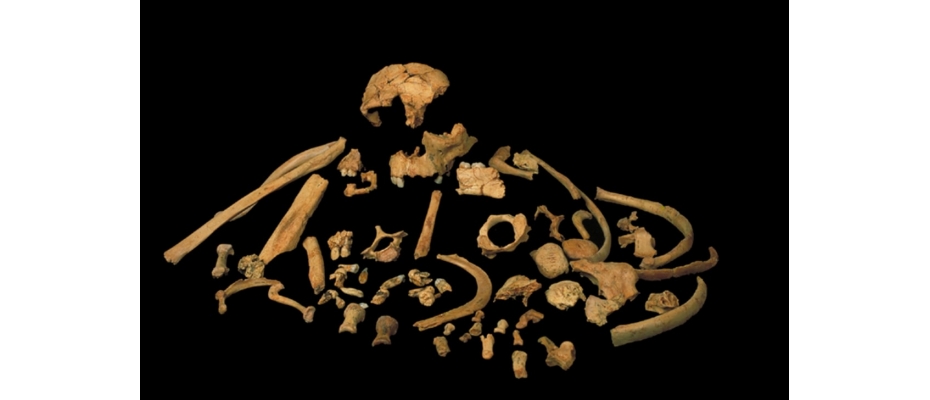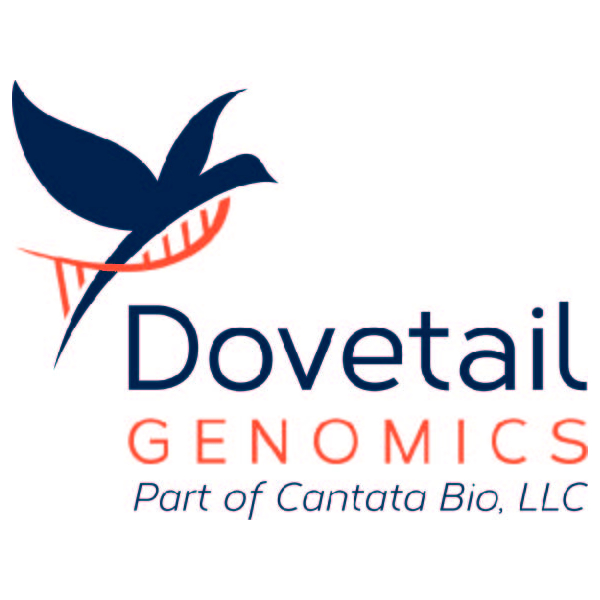
BCN, 1 April 2020.- The findings by scientists from the University of Copenhagen, in collaboration with the CENIEH (National Research Center on Human Evolution) in Burgos, Spain, and other institutions have been published in Nature. Tomàs Marquès-Bonet, director of the Institute for Evolutionary Biology (IBE, CSIC-Pompeu Fabra University) with a dual appointment at the CNAG-CRG, co-authors the article.
“Ancient protein analysis provides evidence for a close relationship between Homo antecessor, us (Homo sapiens), Neanderthals, and Denisovans. Our results support the idea that Homo antecessor was a sister group to the group containing Homo sapiens, Neanderthals, and Denisovans, although we have to assume that the phylogenetic trees we have obtained are a good descriptor of the overall population relationships among these hominin groups.” says Frido Welker, Postdoctoral Research Fellow at the Globe Institute, University of Copenhagen, and first author on the paper.
Theories on human evolution
The fossils analyzed by the researchers were found by palaeoanthropologist José María Bermúdez de Castro and his team in 1994 in stratigraphic level TD6 from the Gran Dolina cave site, one of the archaeological and paleontological sites of the Sierra de Atapuerca, Spain.
Initial observations led to conclude that Homo antecessor was the last common ancestor to modern humans and Neanderthals, a conclusion based on the physical shape and appearance of the fossils. In the following years, the exact relation between Homo antecessor and other human groups, like Neanderthals and ourselves, has been discussed intensely among anthropologists.
Although the hypothesis that Homo antecessor could be the common ancestor of Neanderthals and modern humans is very difficult to fit into the evolutionary scenario of the genus Homo, new findings in TD6 and subsequent studies revealed several characters shared among the human species found in Atapuerca and the Neanderthals. In addition, new studies confirmed that the facial features of Homo antecessor are very similar to those of Homo sapiens and very different from those of the Neanderthals and their more recent ancestors.
“I am happy that the protein study provides evidence that the Homo antecessor species may be closely related to the last common ancestor of Homo sapiens, Neanderthals, and Denisovans. The features shared by Homo antecessor with these hominins clearly appeared much earlier than previously thought. Homo antecessor would therefore be a basal species of the emerging humanity formed by Neanderthals, Denisovans, and modern humans”, adds José María Bermúdez de Castro, Scientific Co-director of the excavations in Atapuerca and co-corresponding author on the paper.
"The recovery of molecular samples from very old fossils combined with new computational techniques has brought about a revolution in the way we understand the relationship of species that are no longer among us. Many researchers in this study are involved in a European network of evolutionary work, and the coming years promise to be fascinating," says Tomàs Marquès-Bonet.
The Proteomics Unit of the Centre for Genomic Regulation (CRG) and Universitat Pompeu Fabra (UPF) has played a vital role in the analysis of this eight hundred thousand-year-old human fossil.
“The use of mass spectroscopy to study proteins, also known as palaeoproteomics, adds huge value to these types of projects,” says Eduard Sabidó, Head of the CRG and UPF Proteomics Unit. “Some proteins can be conserved for a very long time, helping us study ancient hominid samples that are too old to use traditional sequencing tools, because DNA is too unstable and has completely broken down over time.”
“We have been able to analyse these ancient proteins in collaboration with the University of Copenhagen thanks to the experience and skills of the CRG and UPF’s Proteomics Unit, as well as thanks to our cutting-edge mass spectroscopy units.”
IMAGE: Skeletal remains of Homo antecessor. Credit: José María Bermúdez de Castro.
Work of reference: The dental proteome of Homo antecessor











